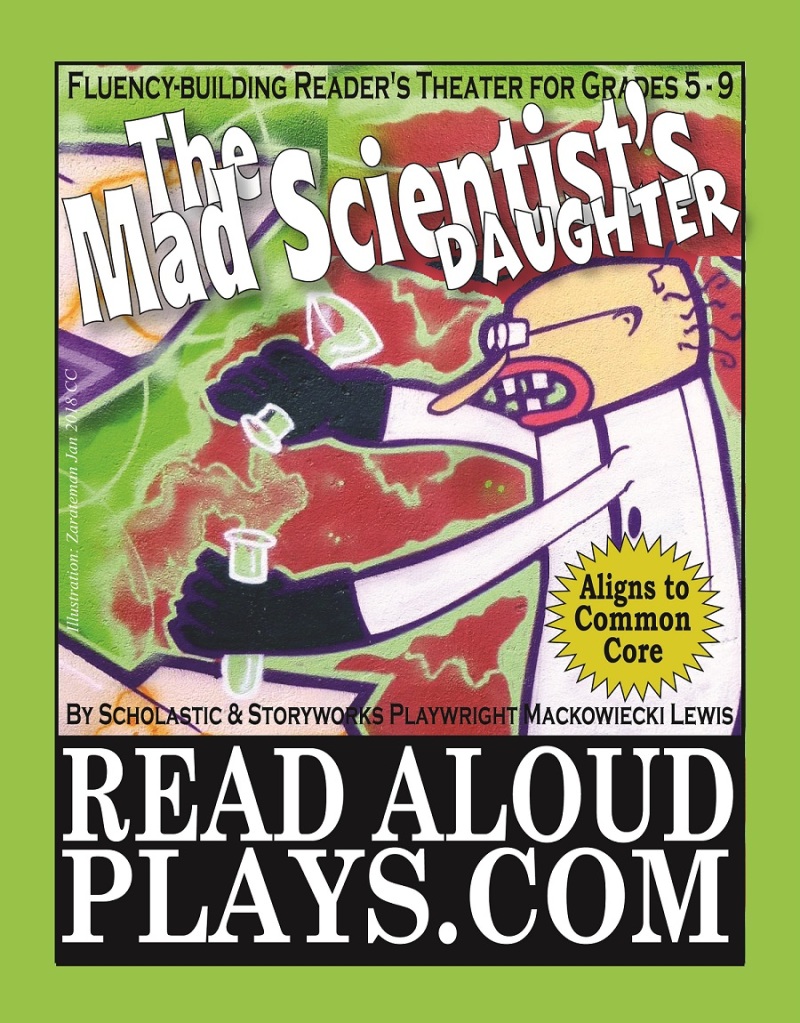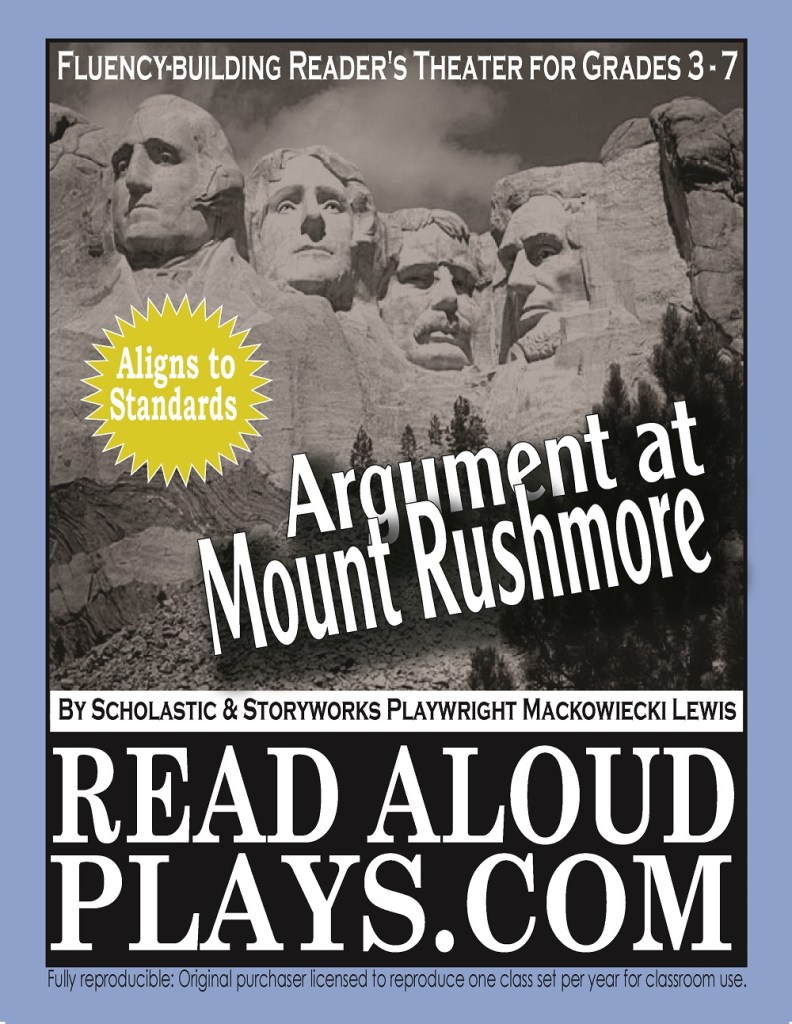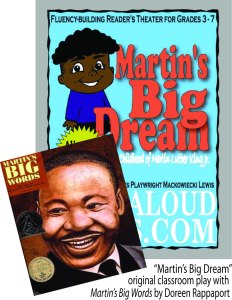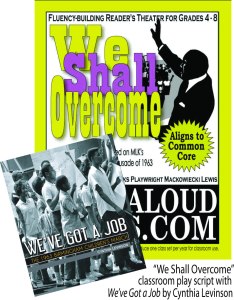Call them flops, bombs, fiascos. Read Aloud Plays have turned out to be pretty ideal for the Covid classroom because the pre-assigned parts make for uninterrupted reading, but sometimes they’re just so bad, they’re funny.
If you’ve used “Zoomer’s theater,” you know that feedback and bandwidth lag can sometimes derail a play. But that wasn’t what created such a mess this go-round. After practicing three MLK plays for the last three weeks, my lovely fifth graders met in separate Zoom sessions for the final performances—recordings to be posted on our class web page. That’s when the chaos broke out. Actors showed up to the wrong session or went missing altogether. There was an acute outbreak of ADHD. One kid muted himself and then got his fingers struck in a Chinese finger puzzle. Another kid read half her lines while chomping on leftover pepperoni pizza. Ugh!
In “MLK’s Freedom March,” the kid playing Dr. King, unbeknownst to the rest of us, left for an extended trip to the bathroom right before his big scene, leaving a broad swath of dead air. That’s when three other actors decided they needed to cover for him. They all attempted to read the lines over the top of one another, which created an effect not-unlike the echo one might have heard on the steps of the Lincoln Memorial. In another play, the distracted student playing Dr. King (who I suspect was knocking out some Happy Numbers minutes in a failed attempt at multi-tasking) missed his cue. When another kid jumped in, Dr. King suddenly interjected, “Hey! That’s my line!” (Now remember, this is our recorded take). “Well are you going to read the rest of it or not?” growled the first kid, which incited a twenty second spat in the middle of our recording.
And then there’s the word “crap.” It shows up right in the middle of an otherwise well-done reading of “Martin’s Big Dream.” The student in question had just belted out his lines, but upon realizing he was still muted, tapped his space bar, only to lead with his one-word frustration.
Me? As one gaff piled atop the other, all I could do was laugh into my hand and occasionally cover my face in mock distress. It was simultaneously disheartening and hysterical.
Despite the failure, the plays were really a roaring success. The kids had a dozen good practice sessions in which repetitive reading contributed to fluency growth. They spent a ton of time discussing Dr. King and the Civil Rights Movement—which is pretty darned pertinent these days. They developed a bit of character as they owned their mistakes and distractedness. And they also had a good time. I contend that any time this generation of kid has a good time reading, well, that’s solid gold.
All this confirms for me that even classroom flops are academic hits.
Whether you’re still teaching remotely or heading back to the classroom, February is a great month for reader’s theater. I have a host of plays and paired texts for Black History Month (see my previous post), but I also have a handful of fun plays for Presidents’ Day. Because they’re on the easier end of things, you can expect smooth reading in just a handful of practices. “Argument at Mount Rushmore” is a hoot. The four Rushmore presidents argue with one another while attempting to explain to some tourists what they did to be so honored. In “Presidents’ Day Dream,” several presidents humorously share how hard it is to serve. It pairs well with the picture book, “So You Want to Be President” by Judith St. George. There’s also “Eagles Over the Battlefield” (you’ll find it in “Two Plays from the American Revolution”), and “The War of 1812,” which gives some insight into our earliest presidents. Finally, “President Lincoln’s Spies and Rebels” fits both Black History Month and Presidents’ Day.
Happy (and hysterical) directing—even when it’s a flop!




















